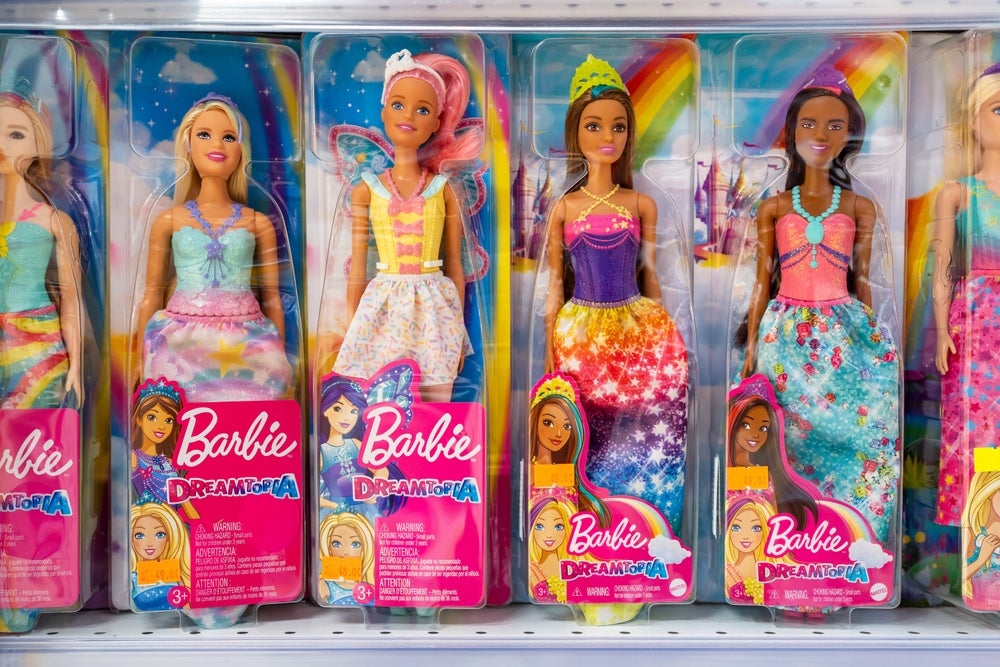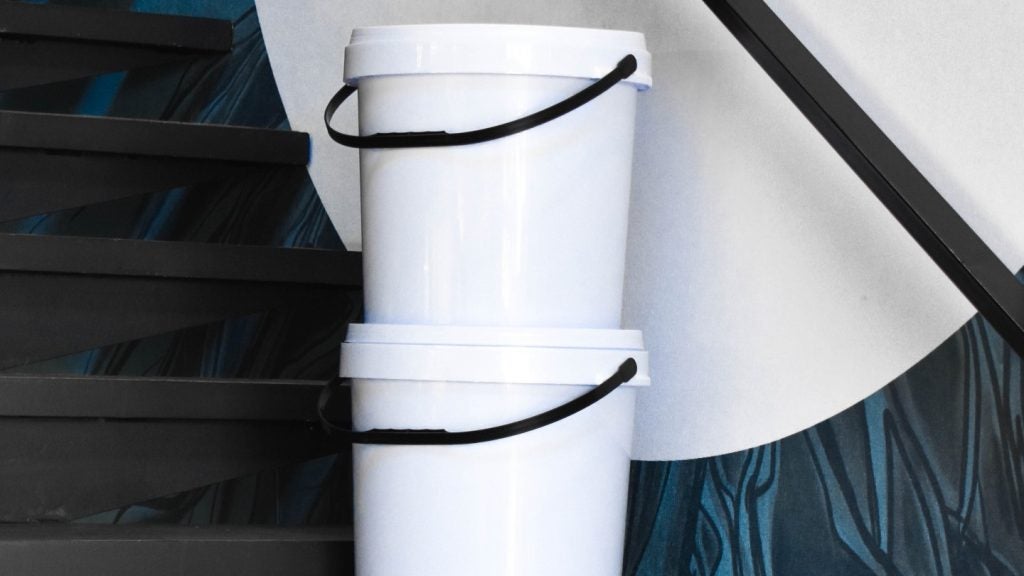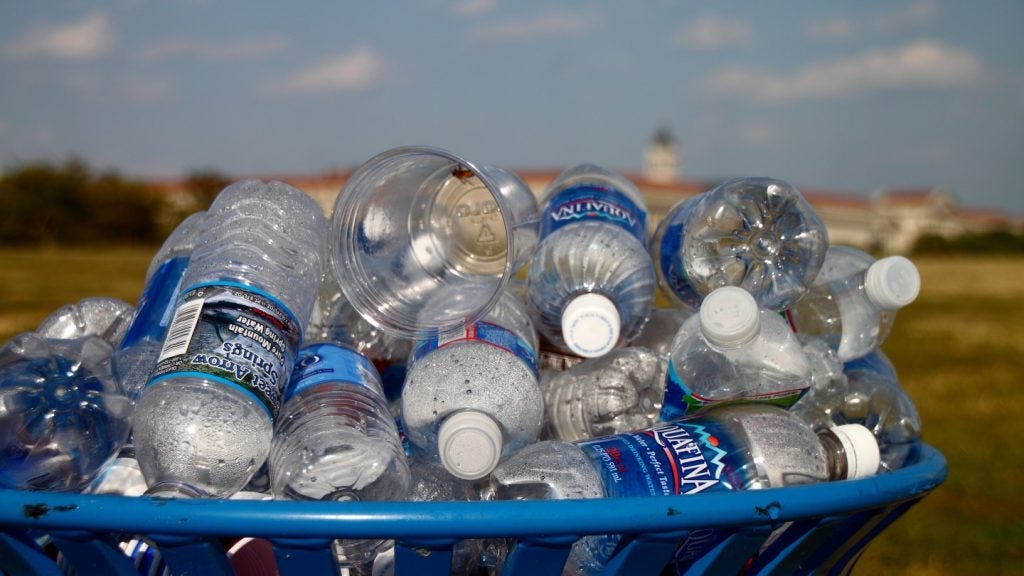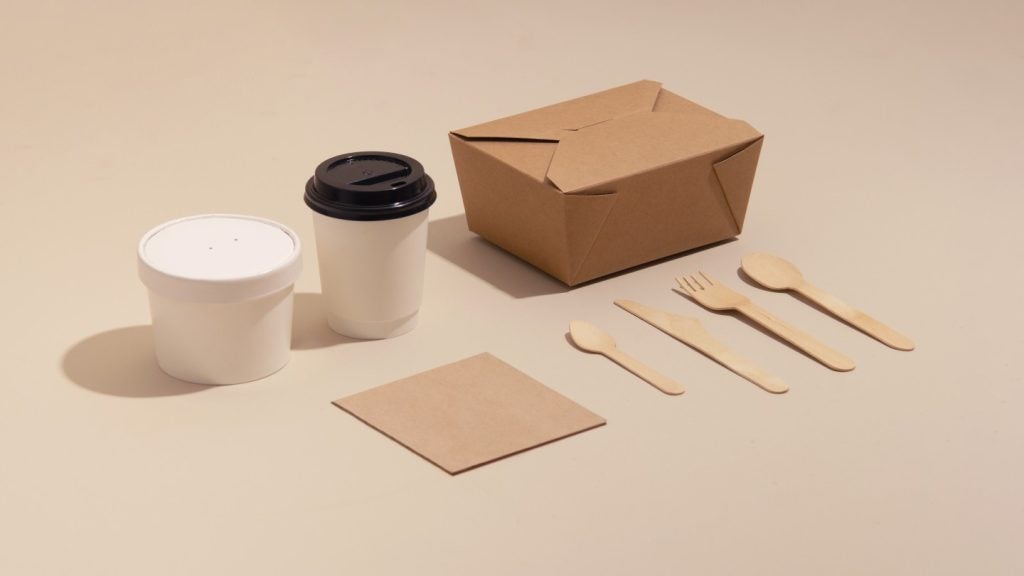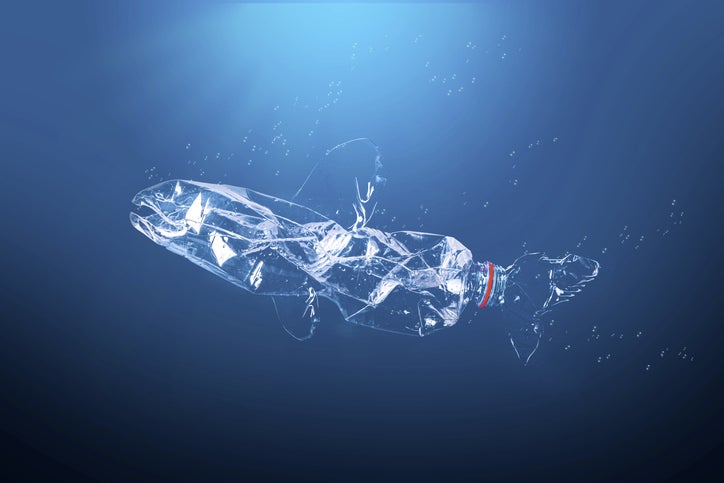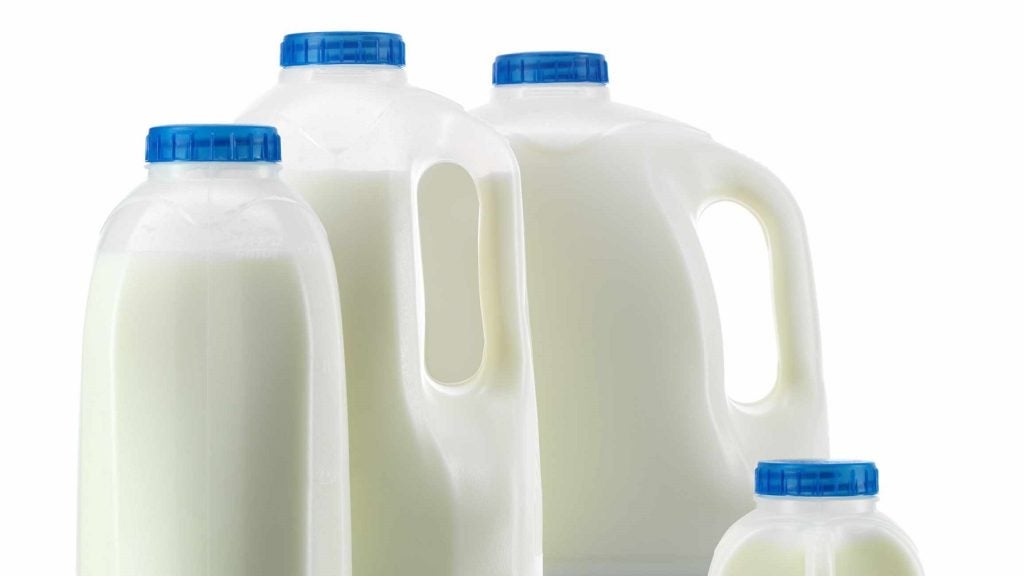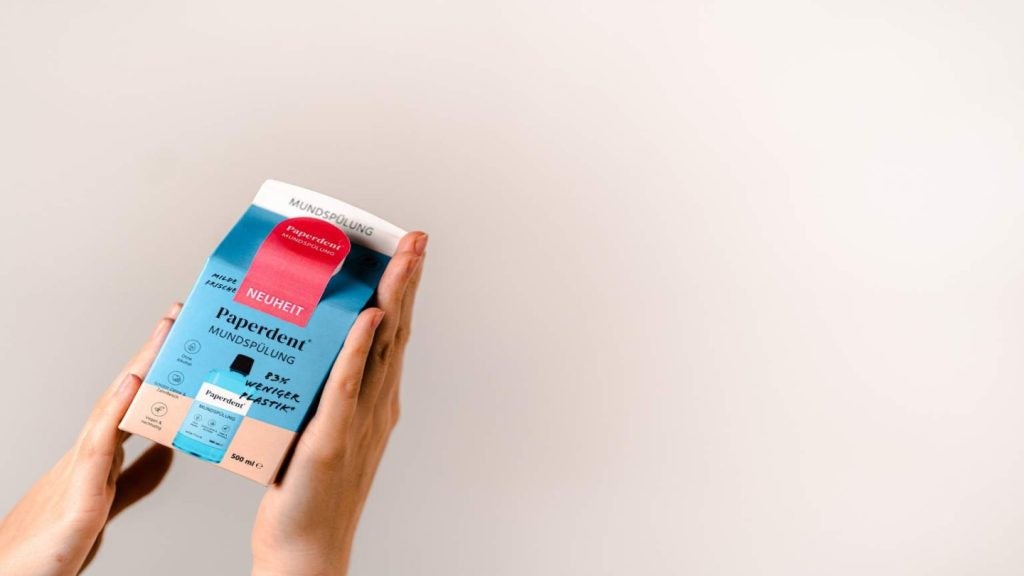There are few toy products as iconic and globally loved as Barbie dolls. But the product’s packaging is worthy of admiration in its own right.
Mattel, the company that conceived of Barbie in 1959, ensured the full display of the doll by encasing it in a rectangular cardboard box with window and blister packaging. This allows the consumer to fully preview the all-important features of Barbie’s hair, accessories and outfits before purchase.
Now, more than 60 years later, the toy continues to be displayed in the same effective, transparent packaging, and this has been integrated into the film set for the new upcoming live-action Barbie film.
Architectural Digest gave Barbie fans a glimpse into the film set of the Barbie Dreamhouse. The production design features life-size versions of the toy box display cases pinned with outfits to serve as a real-life Barbie’s closet.
This is a testament to the iconic status of the toy’s packaging and a fun nod to the importance of product packaging in consumer enjoyment. In Barbie’s case, the packaging surrounds not only the physical doll but also the wider cultural engagement with the toy.
In 2022, Mattel launched the first Barbie doll exhibition tour in the US, which featured an enlarged version of the toy’s box for attendees to stand inside and imitate the doll in her packaging.
Meanwhile, maintaining the original packaging is paramount for Barbie collectors, as it can make or break the toy’s worth. The box must be kept away from sunlight, dust and fingerprints if it is to be valued highly on online auction sites.
For less serious Barbie fans, Mattel has added interactive features to the boxes over the years, such as speakers or touchholes. The scope for further development of the toy’s packaging is endless and could include technology such as digital labels or RFID-integration in the future.
Mattel has also developed the materials used in its toy packaging to improve its sustainable credentials. In 2022, Mattel pledged to reduce the amount of plastic packaging it uses in each product by 25% by 2030. Since then, the company has used PET, recycled paper and wood fibre in its products and packaging. It also accepts old toys into its recycling programme, including Barbie dolls.
Barbie's fame for over half a century has undoubtedly been sustained by the toy's smart and simple packaging concept, proving that packaging is just as important as the product it encases.


